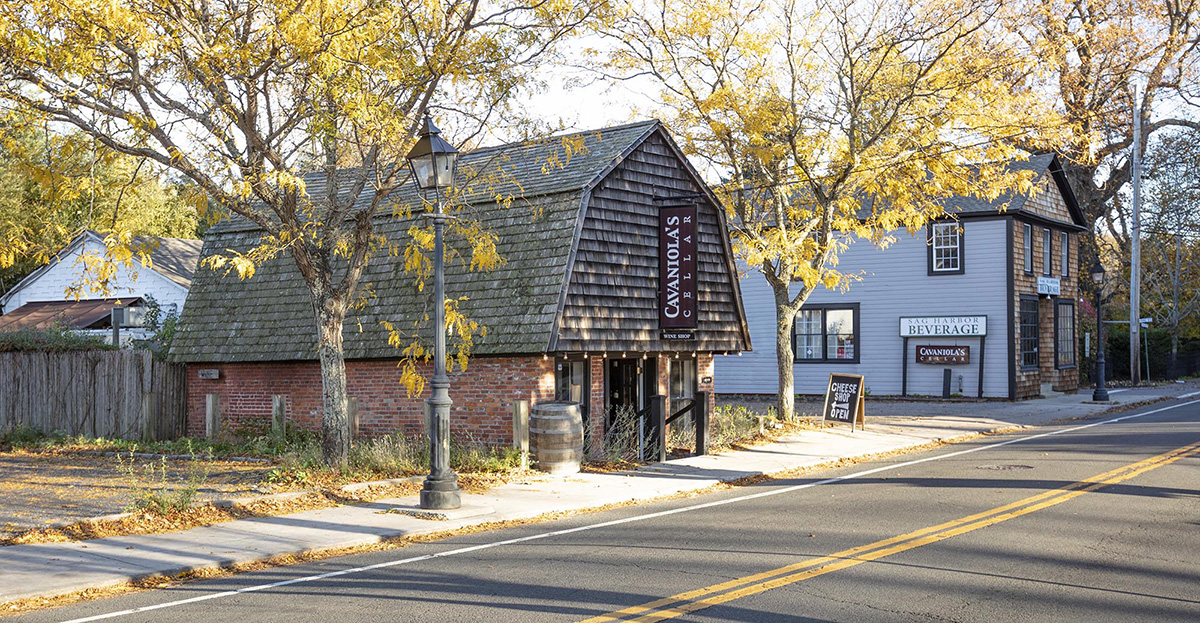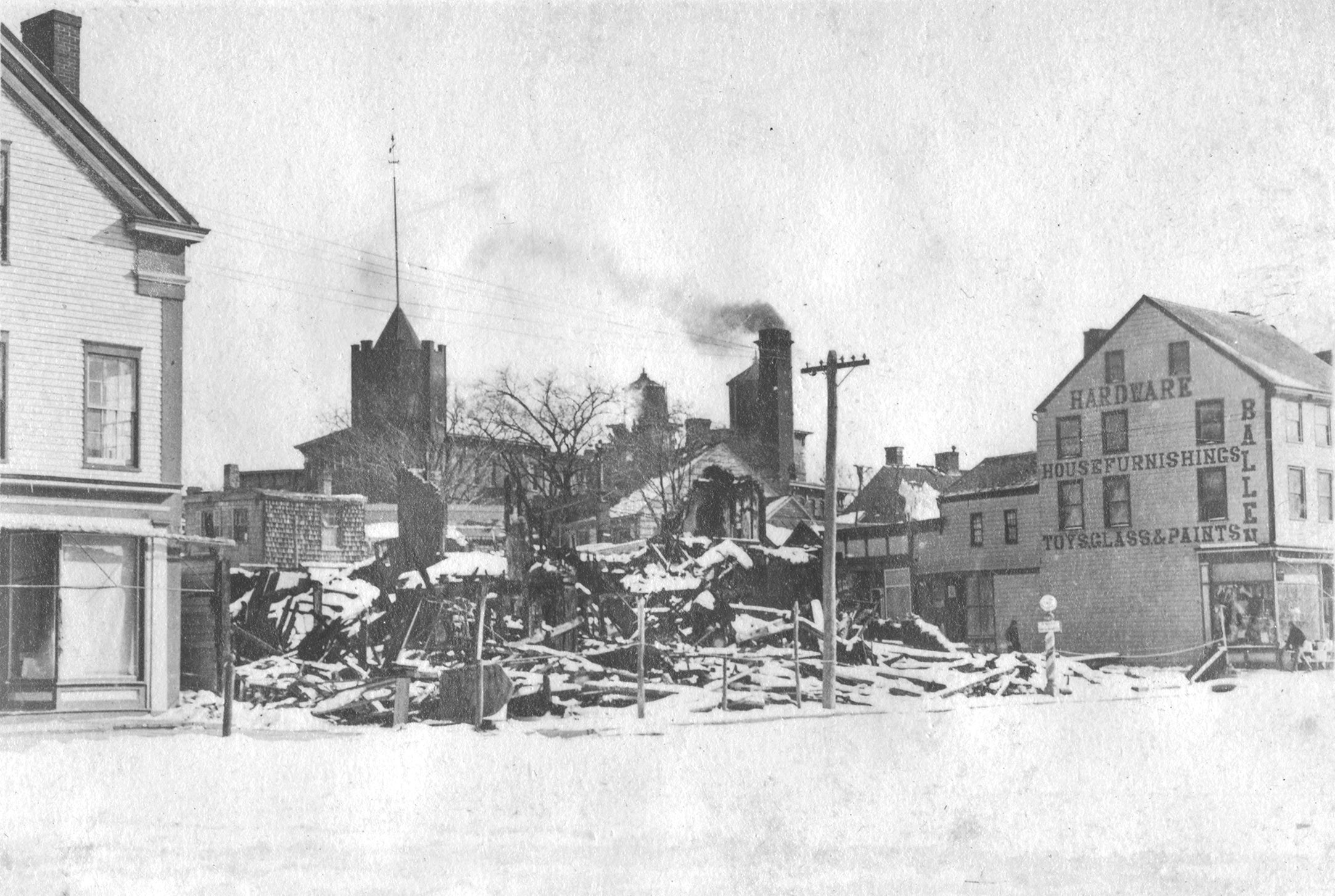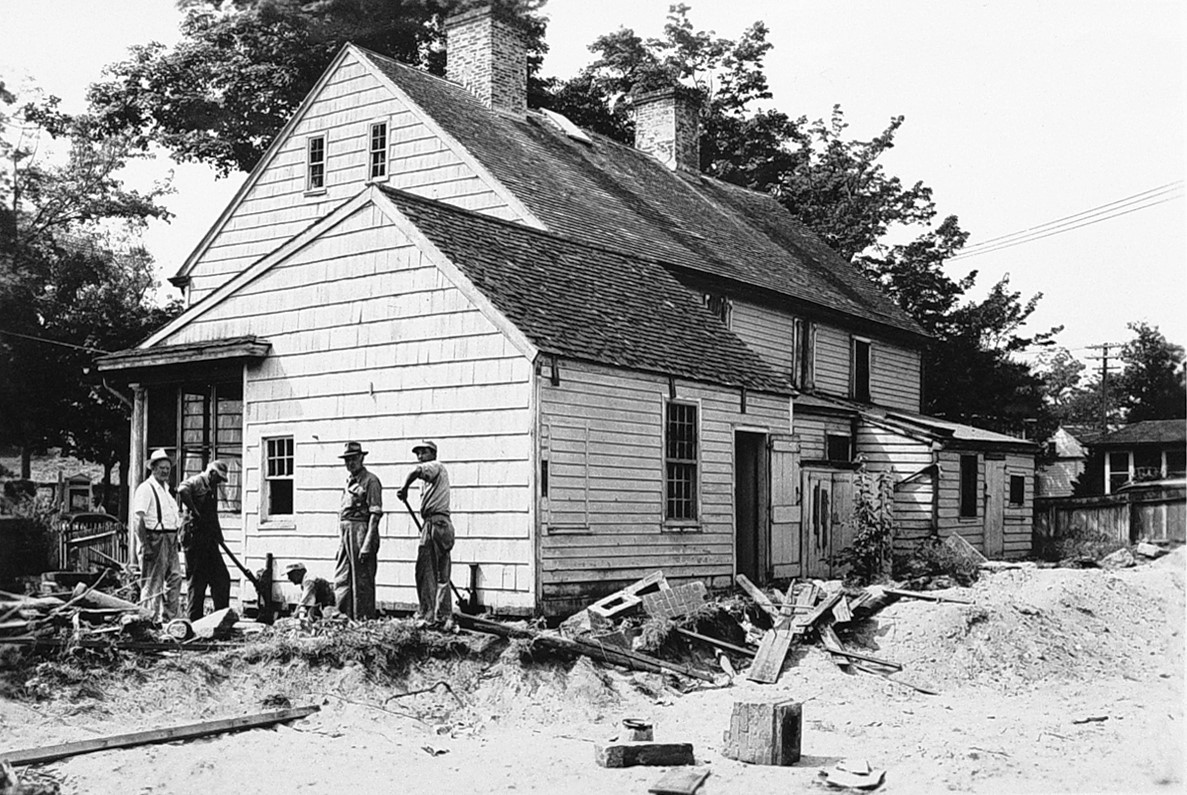
Organization
Our Mission
The mission of the Sag Harbor Historical Museum is to promote and encourage public education and appreciation with respect to the history of the Village of Sag Harbor, and to foster and otherwise work for the preservation of the historic buildings, sites and other materials. The Museum maintains two buildings on its property: the museum building housed in one of the oldest homes in Sag Harbor and the Whaleboat Shop.
Our History
The earliest known record of Sag Harbor is from 1709, however it only started being populated by English settlers in 1730. By the time the Revolutionary War began, Sag Harbor had built up a thriving coastal and foreign trade. In 1789 when George Washington approved creation of Sag Harbor as a Port of Entry for the newly formed U.S., the village had more square-rigged vessels engaged in commerce than the Port of New York.
Sag Harbor has the distinction of having had the first custom house in the U.S., one of the first volunteer fire companies in the state of New York, and the first newspaper printed on Long Island.
The business district was nearly destroyed by fire three times yet grew and prospered through the spectacular whaling days, a period of industrial growth, and finally as a place where the population swells each summer with an ever increasing influx of visitors and a bay filled with pleasure craft. Sag Harbor is becoming an Arts and Cultural Center with galleries, the Bay Street Theater, the restoration of the Sag Harbor cinema, and the repurposing of the Methodist Church as an Arts Center.

Our Board of Trustees
- Nancy French Achenbach, President
- Zachary Studenroth, Vice President
- Deanna Lattanzio, Secretary
- Brian Boyhan
- Cathleen Civale
- Silas Marder
- Jackie Peu-Duvallon
- Craig B. Rhodes
- Tucker Burns Roth
- Renee V. H. Simons
- Scott Tucker
- Paula Wagner
A Brief History of Sag Harbor
The earliest known record of Sag Harbor is from 1709, however it only started being populated by English settlers in 1730. It is located on the south fork of Long Island, New York about 100 miles east of Manhattan. By the time the Revolutionary War began, Sag Harbor had built up a thriving coastal and foreign trade. In 1789 when George Washington approved the creation of Sag Harbor as a Port of Entry for the newly formed U.S., the village had more square rigged vessels engaged in commerce than the Port of New York.
A fascinating village, Sag Harbor has the distinction of having had the first custom house in the U.S., the first volunteer fire company in the state of New York, and the first newspaper printed on Long Island.

The lower part of the business district, thrice destroyed by fire, rose from the ashes each time, grew and prospered through a spectacular whaling industry, a period of industrial growth, and finally as a place where the population swells each summer with an ever increasing influx of visitors and a bay filled with pleasure craft. Sag Harbor is becoming an Arts and Cultural Center with the restoration of the Sag Harbor Cinema and also the restoration of the old Methodist Church on Madison into an Arts Center.









